ROMANIA DANUBE DELTA 10 DAYS
Group size 10 Start Sibiu
Countries 1 End Bucharest
-
Reviews 1 Review4/5
-
Vacation Style Holiday Type
-
Activity Level Leisurely
-
Group Size Medium Group
If you are looking for a destination where romantic and mysterious spirit of the Middle Ages is still felt, you will never regret choosing Romania. The country offers the traveler a variety of unforgettable impressions and surprises with its authentic rustic landscapes. Seldom one can experience such linguistic and cultural variety in one country, but here in Romania it’s possible due to organically intertwined influences from East and West. The mixture of cultures makes up the special flair of Romania. The macabre and bloodthirsty figure of the merciless general Vlad Tepes has become the Romanian symbol as the count Dracula became one of the most recognizable figures in the world. However, during the trip you will see that Romania has much more to offer. Beautiful castles and fortified churches in Transylvania, pristine nature reserves in the Danube Delta and Eastern Carpathians create the vivid image of this land.

- 9 x nights: 2 x Hotel Roberts 3* (or similar) in Sibiu, 1 x Hotel Sighisoara 3*(or similar) in Sighisoara, 2 x Hotel Kolping 3* (or similar) in Brasov, 2 x Hotel Duke Armeneasca 3* (or similar) in Bucharest, 2 x Hotel Delta 3*(or similar) in Tulcea.
- Meals: HB.
- All-route English-speaking guide.
- Transfer by modern coach throughout the whole trip.
- English-speaking city tours: Sibiu, Sibiel, Sighosiara, Targu-Mures, Viscri, Brasov, Rasnov, Bucharest, Constanta.
- Entrance + guided tour: all sacred buildings according to the program, fortified church in Cisnadie, The Museum of the Icons on Glass, Fagaras castle, Rasnov Fortress; Peles Castle in Sinaia; visit to Mrs. Caroline Fernolend’s house in Viscri; visit to trading house with Roman floor mosaic.
- Other highlights: boat trip in the Danube Delta Region.
- Visa Fee
- Travel Insurance
- Flights
- Single Supplement
- Any meals not mentioned
- Any transfers not mentioned (e.g. first and last day)
- Any expenses of a personal nature
- Camera/video permits
- Tips to the guide and driver
-
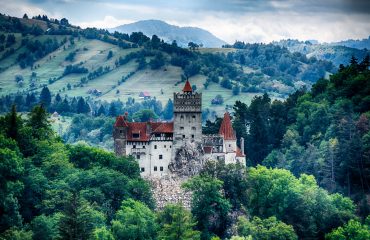 Bran Castle, guarded in the past the border between Wallachia and Transylvania. It is also known for the myth of Dracula. Romania.-min
Bran Castle, guarded in the past the border between Wallachia and Transylvania. It is also known for the myth of Dracula. Romania.-min
-
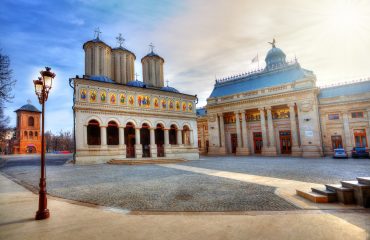 Famous religious Patriarchal church of Bucharest, spiritual edifice of Christian Orthodox comunity considered as the most beautiful cathedral of Romania-min
Famous religious Patriarchal church of Bucharest, spiritual edifice of Christian Orthodox comunity considered as the most beautiful cathedral of Romania-min
-
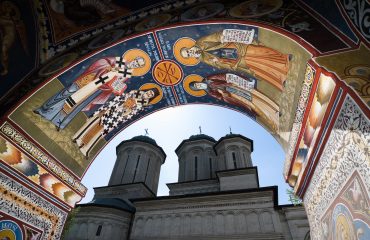 fresco of belfry tower and Radu Voda Monastery, a romanian orthodox church in Bucharest, Romania-min
fresco of belfry tower and Radu Voda Monastery, a romanian orthodox church in Bucharest, Romania-min
-
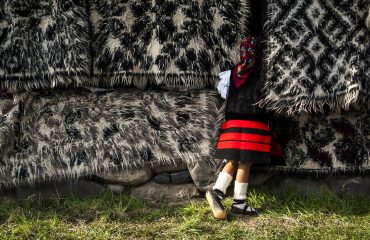 maramures, landscape image-min
maramures, landscape image-min
-
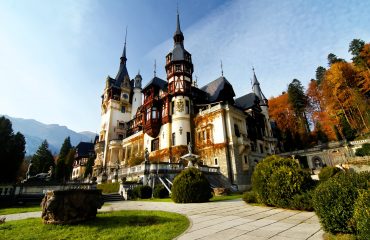 Peles Museum, Sinaia, Romania (2)-min
Peles Museum, Sinaia, Romania (2)-min
-
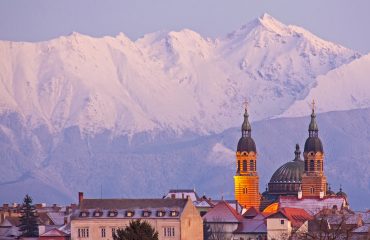 Sibiu, cityscape in winter with Carpathians (Negoiiu peak, second highest in Romania) in background-min
Sibiu, cityscape in winter with Carpathians (Negoiiu peak, second highest in Romania) in background-min

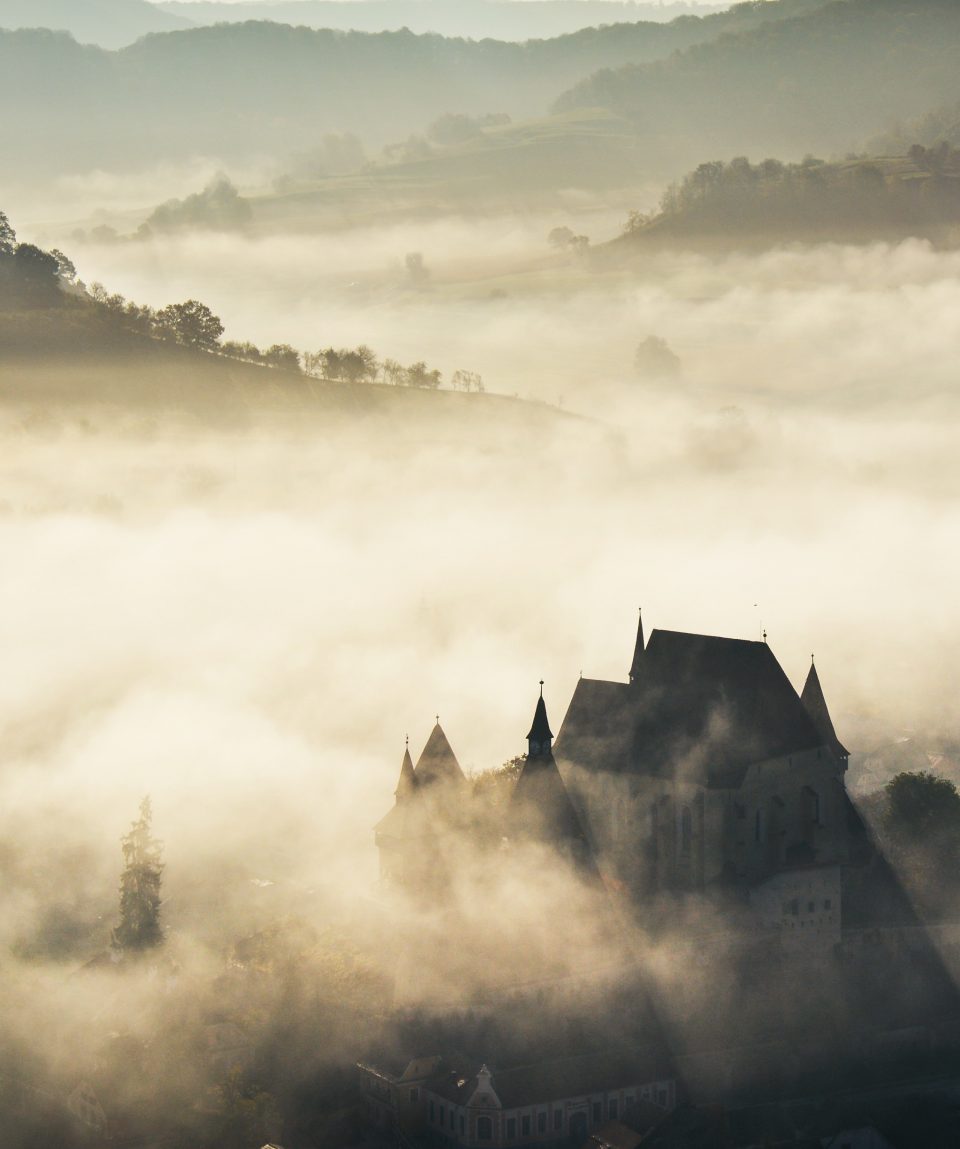
The tour far exceeded our expectations. First, our guide was fun, knowledgeable, and very accommodating. We learned so much about the culture and history of the country from him and sharing experiences with him enriched our understanding. We had the trip of a lifetime and I know you will too!